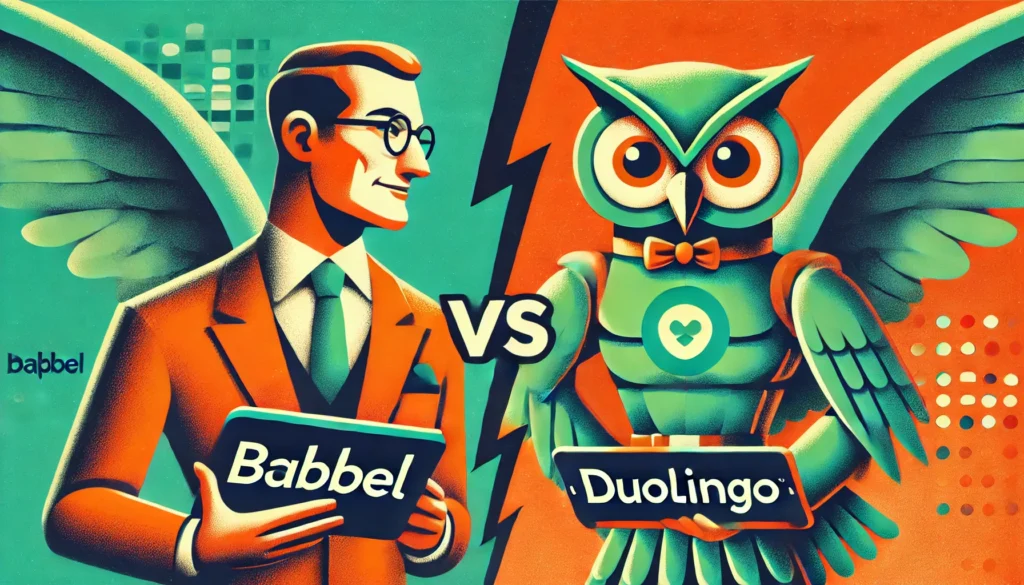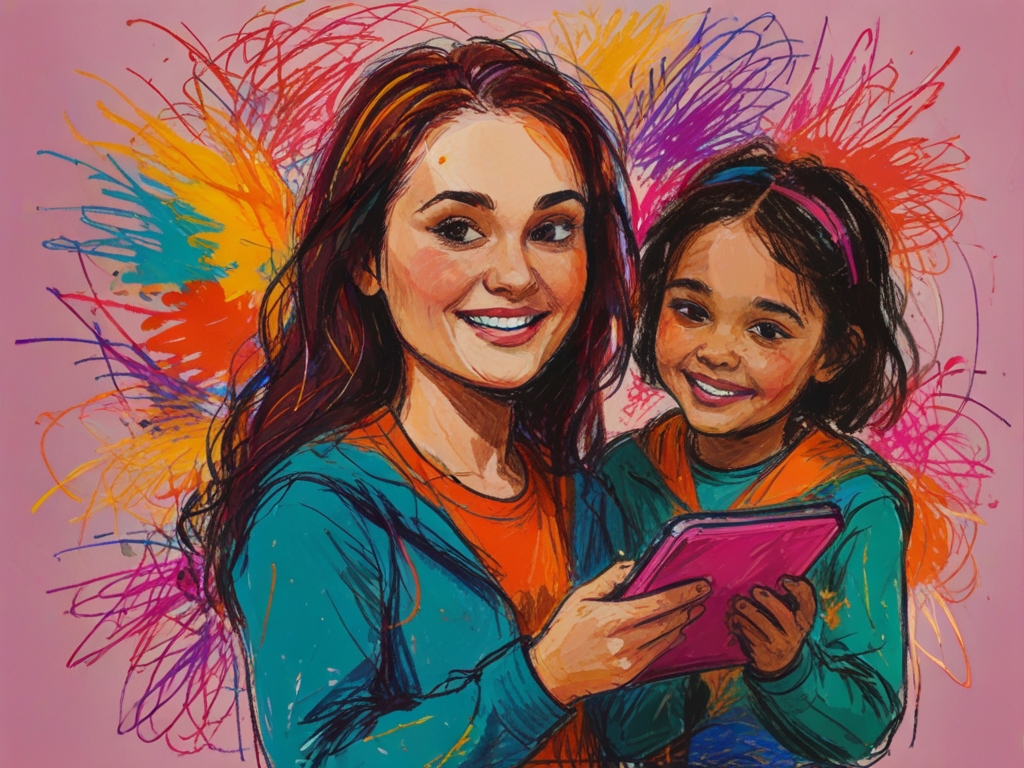Babbel vs Duolingo—a decision many families face when looking to make language learning fun, accessible, and effective. Babbel offers a structured approach, emphasizing grammar and cultural context, while Duolingo gamifies the experience, making it engaging for all ages. In this article, we’ll explore the unique features, pros, cons, and family use cases for both apps to help you decide which is best for your family’s learning journey.
Quick Comparison
| Feature | Babbel | Duolingo |
|---|---|---|
| Languages | 14 (Spanish, French, Italian, etc.) | 30+ (Spanish, French, Hawaiian, etc.) |
| Learning Approach | Grammar-focused, structured lessons | Gamified lessons with streak tracking |
| Best For | Older kids and parents seeking depth | Young kids and beginners who love games |
| Offline Access | Yes | Yes |
| Price | From $12.95/month | Free; Premium at $6.99/month |
Babbel: Structured Learning for a Strong Language Foundation

Babbel excels in delivering structured lessons that focus on practical conversation skills. By introducing grammar in context, it helps learners build a solid foundation, while cultural insights make the experience more enriching.
Key features include:
Grammar-Focused Lessons: Clear and concise grammar lessons integrated into conversational scenarios.
Speech Recognition: Feedback on pronunciation using AI technology.
Cultural Context: Learn language nuances and their cultural significance.
Quick, Modular Lessons: Bite-sized 10–15 minute sessions that fit into any schedule.

Pros and Cons of Babbel
Pros :
- Comprehensive lessons with a balance of grammar, vocabulary, and culture.
- Offline mode supports learning anywhere, anytime.
- Tailored lessons for specific goals like travel or work.
Cons :
- Limited to 14 languages, excluding less common options.
- No free version; paid subscription required.
- Less engaging for young children due to its structured format.
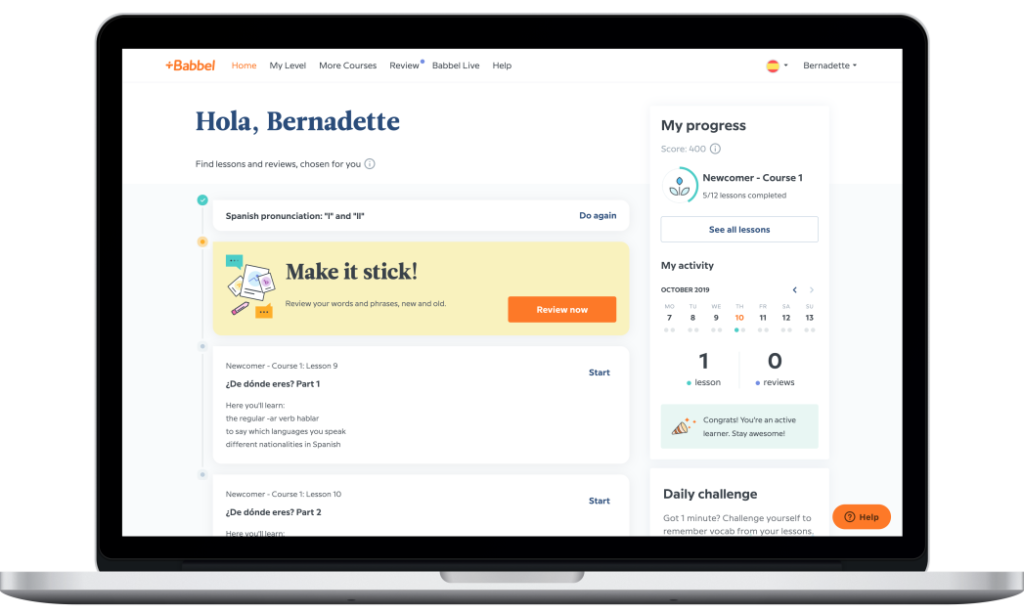
Duolingo: Gamified Learning for Fun and Engagement
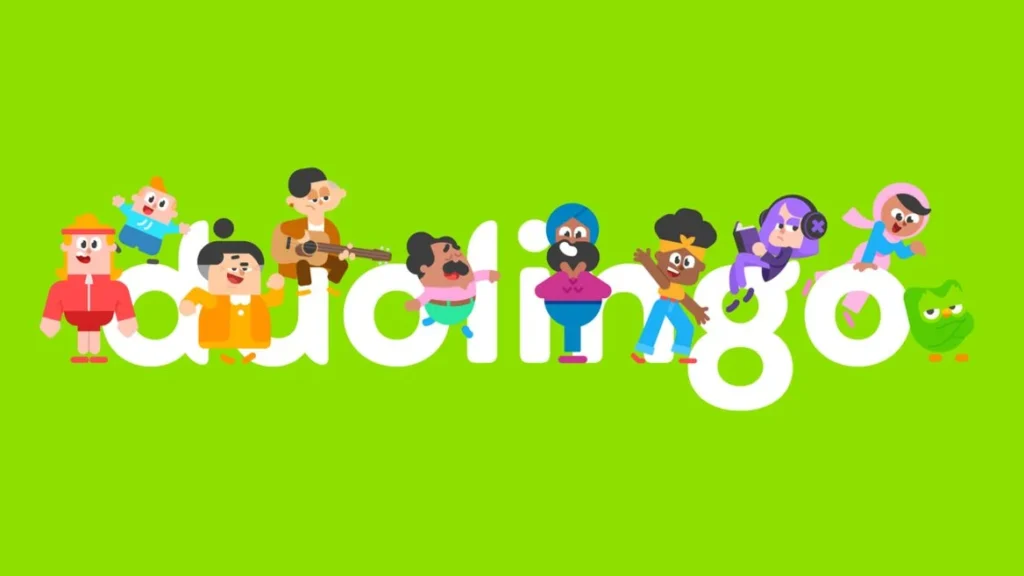
Duolingo stands out for its gamified lessons, making language learning feel like play. Its interactive interface and streak tracking ensure consistent practice, while its broad language offerings cater to diverse family interests.
Key features include:
Gamified Lessons: Earn points, maintain streaks, and unlock fun rewards.
Family Plan: Up to six users can share one subscription, each with their own profile.
Interactive Stories: Boost reading and listening skills with short, engaging tales.
Custom Learning Paths: Lessons adapt to the user’s skill level for personalized learning.

Pros and Cons of Duolingo
Pros :
- Free version available; premium option removes ads at an affordable price.
- Over 30 languages, including rare options like Hawaiian.
- Fun, interactive interface suitable for kids and adults alike.
Cons :
- Minimal focus on grammar or advanced sentence structure.
- Repetitive exercises may not hold the interest of advanced learners.
- Ads in the free version can interrupt lessons.

Learning Structure and Methodology
When comparing Babbel vs Duolingo, the biggest difference lies in their learning approaches. Babbel offers a more structured curriculum, focusing on practical conversation skills and real-life scenarios. This is ideal for adults and older children who are serious about fluency.
Duolingo, by contrast, takes a gamified approach, making learning fun and engaging with streaks, rewards, and playful exercises. This is particularly effective for keeping younger kids motivated. However, the lessons on Duolingo can sometimes feel repetitive and lack the depth needed for advanced learners.
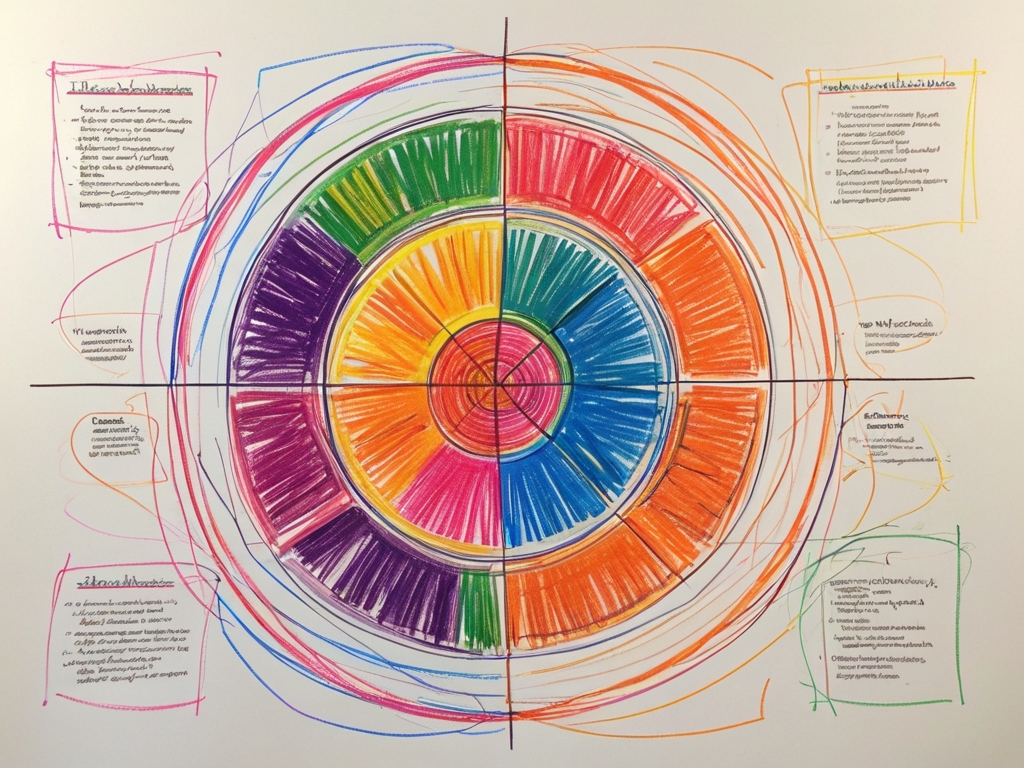
Babbel vs Duolingo Pricing and Family Plans
Babbel offers tiered subscription options, starting with individual plans and extending to family plans that support multiple users. This makes it ideal for families looking to share a learning experience at an affordable cost.
Duolingo, on the other hand, stands out for its free version, which provides a decent range of features but lacks the depth and structure of its paid counterpart, Super Duolingo. Families may find Babbel’s structured lessons more appealing for long-term progress, while Duolingo’s gamified approach is perfect for casual learners and children.
| Feature | Babbel | Duolingo |
|---|---|---|
| Price | Starting at $6.95/month (varies by plan). | Free version available; Premium starts at $6.99/month. |
| Free Option | No free version, but offers a free trial. | Yes, with ads and limited features. |
| Family Plan | Yes, supports up to 6 accounts per plan. | Yes, available in Super Duolingo Family Plan (up to 6 users). |
Real-Life Success Stories
Many users report significant progress with Babbel, especially for conversational fluency. For example, a family preparing for a vacation to Spain found Babbel instrumental in learning practical phrases for their trip.
Conversely, Duolingo users often highlight its gamified elements as motivation for consistent practice. A family with young children praised Duolingo’s fun interface for keeping their kids engaged, helping them pick up basic vocabulary and grammar quickly.

Tips for Families Using Language-Learning Apps
To get the most out of these apps, families can try the following tips:
- Set Shared Goals: For example, learn phrases for an upcoming trip or a specific cultural activity.
- Mix Approaches: Use Babbel for structured lessons and Duolingo for fun, gamified reviews.
- Create a Routine: Schedule daily or weekly learning sessions for consistency.
- Track Progress Together: Celebrate milestones as a family to stay motivated.

Combining the strengths of both apps can ensure a well-rounded learning experience for everyone in the family.
Final Recommendation
Both Babbel vs Duolingo offer valuable tools for family language learning, but their strengths cater to different needs. Choose Babbel if your family prefers structured lessons and wants to develop a deeper understanding of grammar and culture. Opt for Duolingo if gamified learning and accessibility for young children are priorities.

No matter which app you choose, the journey of learning a language together as a family is what makes the experience truly rewarding.


